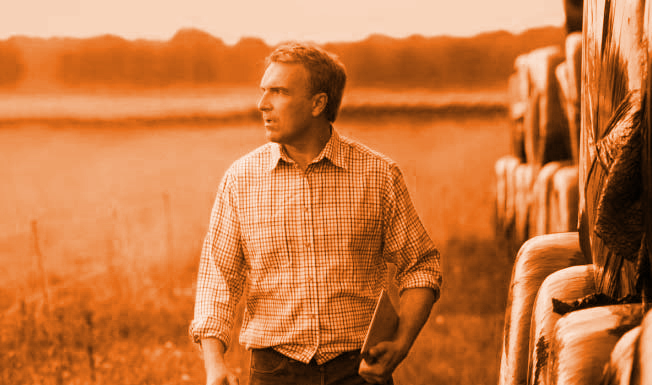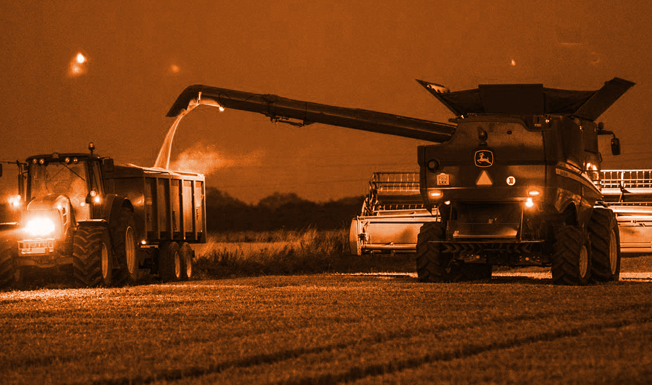Warning: Trying to access array offset on value of type bool in /srv/users/openfield/apps/openfield/public/wp-content/themes/karolo/header.php on line 130
Where next for the grain markets?
A good question which currently has a string of possible answers. UK spot futures wheat prices moved to their current levels back in late 2016 and have been in a nominal £10 range ever since. When you consider the values were around £100 in 2009, over £200 in 2011 and closer to £210 in late 2012 before falling to sub £120 in 2015, we really have seen volatility in the past, but now we seem stuck. When DEFRA dropped their UK total wheat crop number just before Christmas it didn’t really shock the market. It has been trading closer to import parity than export parity for most of the season, with wheat never being readily available in volume, which is what you expect with small crops. The smaller crop, and a general tightness in transport, has created big discrepancies in prices between those in the South East of the country, where the grain is currently sitting, against the continued price premium being paid into North Lincolnshire and further North which remain short of supply. Ex farm price between the regions have been varying by £8-10/mt which makes marketing decisions even harder for farmers and really drives home that you need to know where your local markets are, especially in light of little or no export activity.
The UK domestic demand has been very good so far this year. Millers have seen very few opportunities to purchase cheaper imported grains, mainly due to harvest issues which eroded quality from some usual exporters, which has kept them focused on domestic wheats. Meanwhile the livestock sector looks to be expanding, with milk prices almost back to the highs of 2013 and the number of boilers increasing almost daily. The only ‘wobble’ from the demand side of the equation has come from the ethanol industry. Over the last ten years demand from the UK ethanol plants hasn’t been very predictable. The change in the EU sugar regime last year, the world’s general endless supply of cheap corn and general global political uncertainty over the merits or not, of ethanol or any first-generation biofuel, continue to make the future of biofuels unclear, and this ultimately changes the UK wheat supply and demand and domestic pricing.
The complexity of the UK balance sheet should never be underestimated, and as we approach Brexit it is vital that farmers and politician alike understand this. The data needs to be the best it can and every change in demand needs understanding. It may be domestic ethanol mandates that change, trade agreements which have unintended consequences or a major swing in the value of the Pound but whatever it is we all need to understand the impact on grain prices and be prepared to move. It has been said many times, but knowing your cost of production, the destinations for the grains you grow and having a real plan for marketing can’t be over looked in the coming years.
Opportunities will present themselves but we all need to identify them and take advantage of them. I believe its not a case of ‘if’ but ‘when’ volatility returns to the grain markets, which then asks the next question… how are you set up to deal with it?



